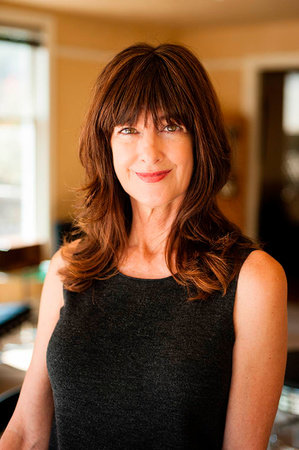Janis Cooke Newman

Photo: © Ian Tuttle
About the Author
Janis Cooke Newman is the author of the memoir, The Russian Word for Snow, published in the U.S., Germany, and Australia. Her travel writing has appeared in publications such as the Los Angeles Times, Salon, the San Francisco Chronicle, and the Dallas Morning News. She lives in Northern California, where she teaches writing classes at the renowned independent bookseller, Book Passage. Mary is her first novel.












